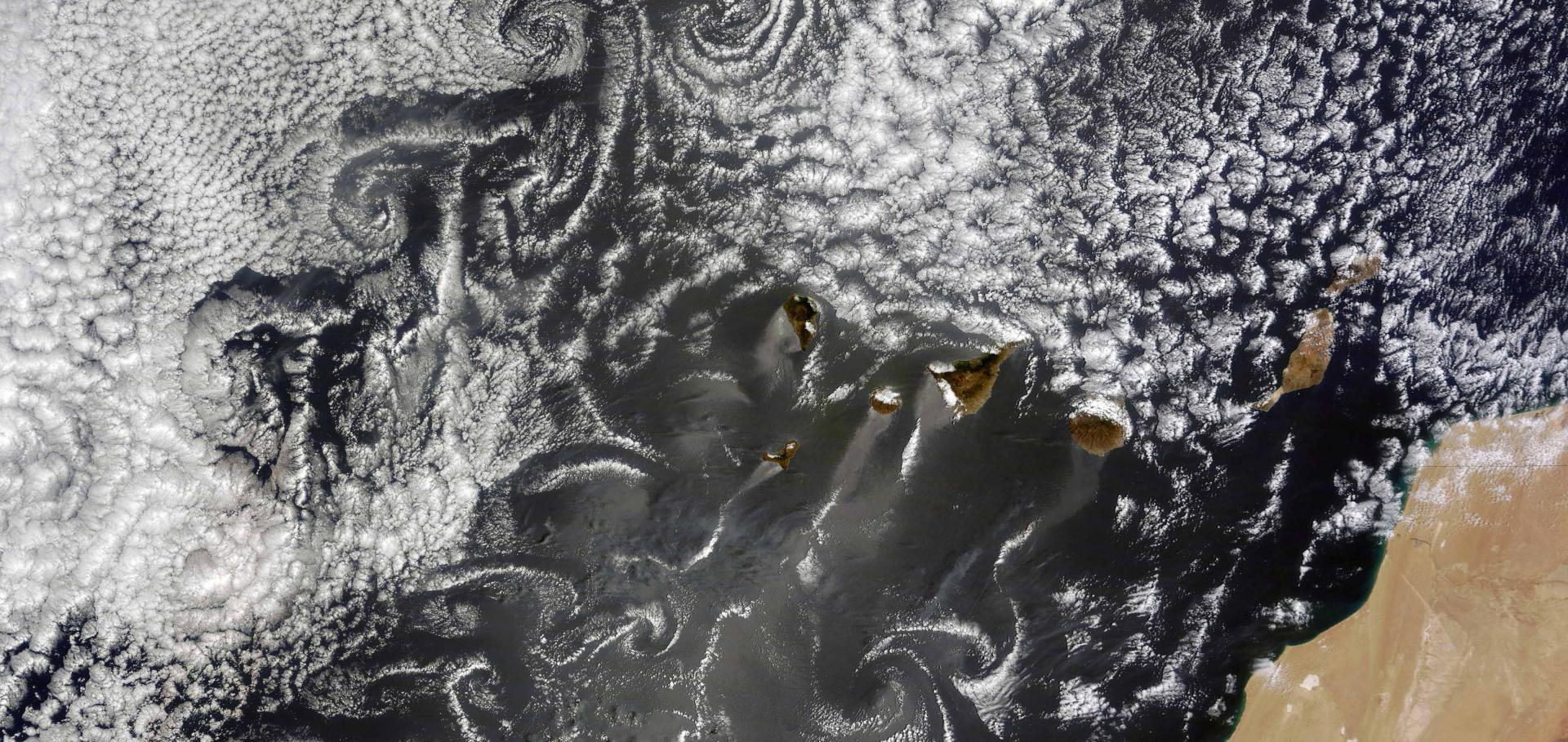Processes limiting the emergence of detectable aerosol indirect effects on tropical warm clouds in global aerosol-climate model and satellite data
TELLUS SERIES B-CHEMICAL AND PHYSICAL METEOROLOGY International Meteorological Institute in Stockholm 66:0 (2014)
Abstract:
We use data from simulations performed with the global aerosol-climate model ECHAM5-HAM to test the proposition that shipping emissions do not have a statistically significant effect on water clouds over tropical oceans on climate scales put forward in earlier satellite based work. We analyse a total of four sensitivity experiments, three of which employ global shipping emissions and one simulation which only employs shipping emissions in the mid-Atlantic Ocean. To ensure comparability to earlier results from observations, we sample the model data using a method previously applied to satellite data aimed at separating ‘clean’ from ‘polluted’ oceanic regions based on i) the location of main shipping routes and ii) wind direction at 10 m above sea level. The model simulations run with realistic present-day shipping emissions show changes in the lower tropospheric aerosol population attributable to shipping emissions across major shipping corridors over tropical oceans. However, we find the resulting effect on cloud properties to be non-distinguishable from natural gradients and variability, that is, gradients of cloud properties sampled across major shipping corridors over tropical oceans are very similar among those simulations. Our results therefore compare well to the earlier findings from satellite observations. Substantial changes of the aerosol population and cloud properties only occur when shipping emissions are increased 10-fold. We find that aerosol advection and rapid aerosol removal from the atmosphere play an important role in determining the non-significant response in i) column integrated aerosol properties and ii) cloud microphysical properties in the realistic simulations. Additionally, high variability and infrequent occurrence of simulated low-level clouds over tropical oceans in ECHAM5-HAM limit the development of aerosol indirect effects because i) in-cloud production of sulphate from ship-emitted sulphuric species via aqueous oxidation pathways is very low and ii) a possible observational signal is blurred out by high variability in simulated clouds. Our results highlight i) the importance of adequately accounting for atmospheric background conditions when determining climate forcings from observations and ii) the effectiveness of buffering mechanisms on micro- and macroscopic scales which limit the emergence of such climate forcings.A pathway analysis of global aerosol processes
ATMOSPHERIC CHEMISTRY AND PHYSICS 14:21 (2014) 11657-11686
Cloud fraction mediates the aerosol optical depth-cloud top height relationship
GEOPHYSICAL RESEARCH LETTERS 41:10 (2014) 3622-3627
Satellite observations of cloud regime development: the role of aerosol processes
ATMOSPHERIC CHEMISTRY AND PHYSICS 14:3 (2014) 1141-1158
The contribution of the strength and structure of extratropical cyclones to observed cloud-aerosol relationships
Atmospheric Chemistry and Physics 13:21 (2013) 10689-10701


